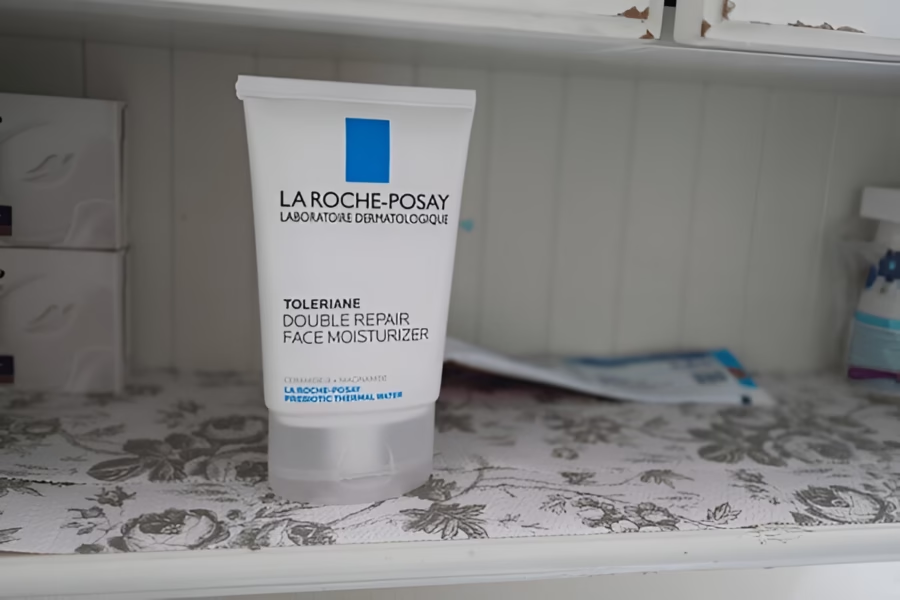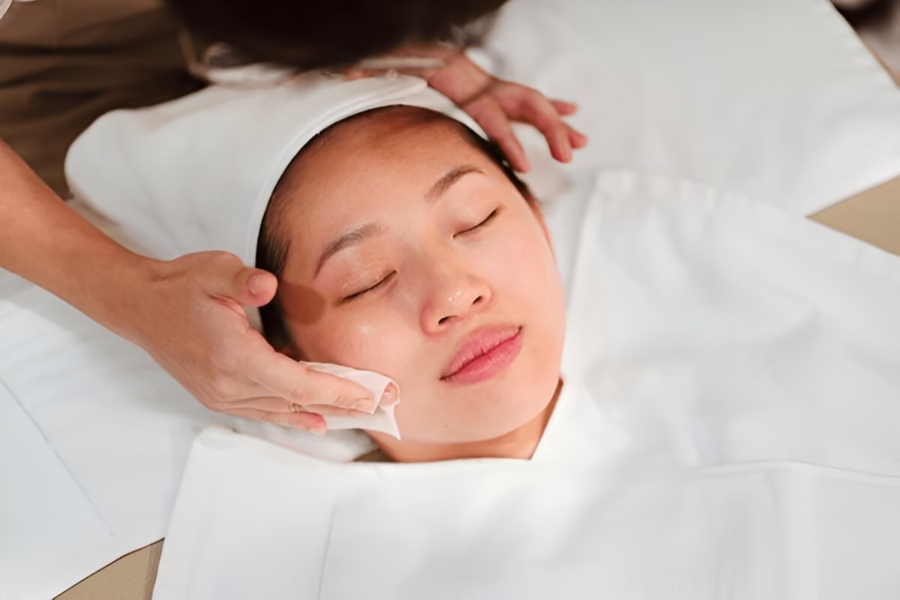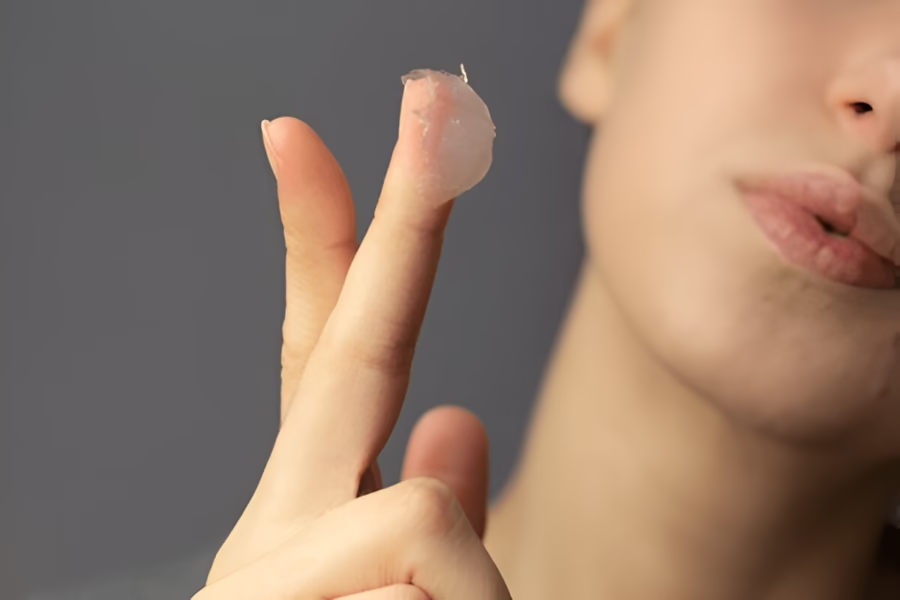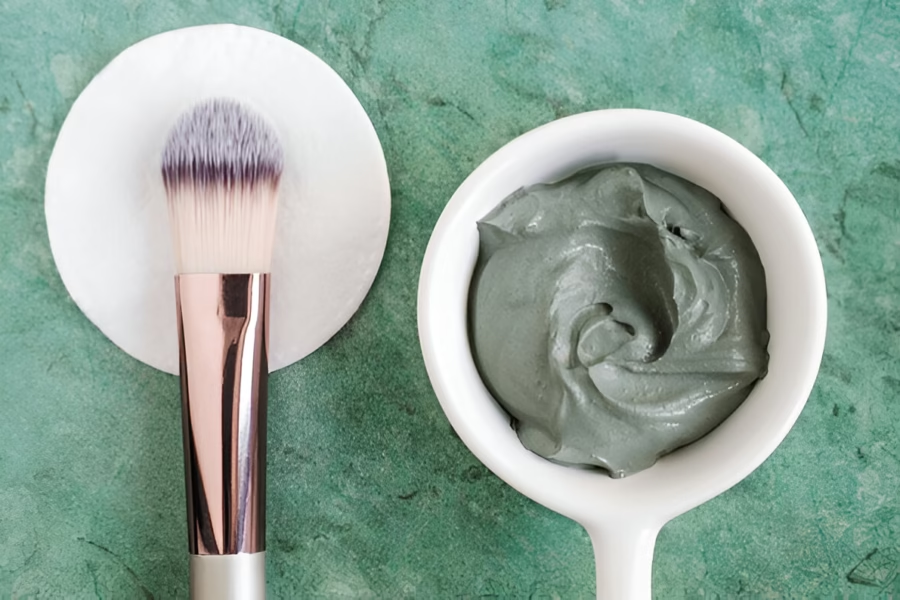Dealing with acne can feel like a never-ending battle, but trust me, it’s not as impossible as it seems, With the right skincare routine, you can keep those pesky breakouts under control and enjoy healthier, glowing skin. Let’s dive into a step-by-step guide to creating the ultimate acne-fighting regimen that works for you.
In This Article
- Understand Your Acne
- Start with a Gentle Cleanser
- Use a Targeted Treatment
- Moisturize (Yes, Even If You’re Oily!)
- Never Skip Sunscreen
- Exfoliate (But Gently!)
- Treat Your Skin With Care
- Be Patient and Consistent
- Additional Tips for Managing Acne
- Ammore Pro Tip
- Final Thoughts
Step 1: Understand Your Acne
Before jumping into products, it’s essential to understand what’s causing your acne, Is it hormonal or stress-induced? Or maybe linked to your diet? Acne happens when your pores get clogged with oil, dead skin cells, or bacteria, The key to tackling it is targeting the root cause with the right ingredients and techniques.
Common Acne Types:
- Whiteheads and blackheads: Clogged pores without inflammation.
- Papules and pustules: Red, inflamed bumps (the kind that feels sore to the touch).
- Cysts and nodules: Deep, painful spots that require more advanced care.
Knowing your acne type helps you pick the best treatments.
Step 2: Start with a Gentle Cleanser
Cleansing is the foundation of any skincare routine, especially for acne-prone skin, Overwashing or using harsh scrubs can strip your skin of its natural oils, leading to more breakouts.
What to look for:
- A mild, non-comedogenic (won’t clog pores) cleanser.
- Ingredients like salicylic acid or benzoyl peroxide for targeting acne.
Step 3: Use a Targeted Treatment
After cleansing, it’s time to get serious with treatments, Acne treatments are like the soldiers in your skincare army—they go straight to battle against breakouts.
Best ingredients for acne:
- Benzoyl Peroxide: Kills acne-causing bacteria and reduces inflammation.
- Salicylic Acid: Exfoliates inside your pores to prevent clogging,
- Retinoids (like Adapalene): Helps to regulate cell turnover, keeping pores clear,
- The Niacinamide calms redness and strengthens your skin barrier.
Start slow—apply treatments only at night initially to avoid irritating your skin.
Step 4: Moisturize (Yes, Even If You’re Oily!)
A lot of people with acne skip moisturizer, thinking it will make their skin oilier, a Big mistake Moisturizing is crucial because acne treatments can dry out your skin.
What to choose:
- Lightweight, gel-based moisturizers.
- Non-comedogenic and fragrance-free formulas.
Hydrated skin heals faster and looks healthier. So, don’t skip this step!
Step 5: Never Skip Sunscreen
Sunscreen is non-negotiable, Acne treatments like retinoids and benzoyl peroxide can make your skin more sensitive to the sun, so protecting it is a must.
Choose a sunscreen that is:
- SPF 30 or higher.
- Oil-free and non-comedogenic.
Step 6: Exfoliate (But Gently!)
Exfoliation helps clear dead skin cells that can clog your pores, However, don’t go overboard—over-exfoliating can worsen acne by damaging your skin barrier.
Stick to:
- Chemical exfoliants like AHAs (glycolic acid) or BHAs (salicylic acid).
- Once or twice a week, depending on your skin’s tolerance.
Step 7: Treat Your Skin With Care
A skincare routine is only as good as your habits, Treat your skin gently to see better results over time.
What to avoid:
- Picking or popping pimples (it leads to scarring).
- Using products with alcohol or heavy fragrances.
- Overloading your skin with too many products.
Step 8: Be Patient and Consistent
Rome wasn’t built in a day, and clear skin doesn’t happen overnight, Stick with your routine for at least 6-8 weeks before deciding if it’s working. Acne takes time to heal, but with consistency, you’ll see progress.

Ammore Pro Tip
When dealing with acne, less is more. Focus on a simple routine with a cleanser, treatment, moisturizer, and sunscreen, Overloading your skin with products can do more harm than good, Trust the process, and give your skin time to adjust.
Additional Tips for Managing Acne
- Clean Pillowcases and Towels: Bacteria buildup on your pillowcases can transfer to your skin, so change them regularly.
- Watch Your Diet: While it varies for everyone, cutting down on sugar and dairy might help reduce breakouts.
- Reduce Stress: Stress hormones can trigger acne, so find ways to relax, like yoga or journaling.
- Stay Hydrated: Drinking plenty of water helps keep your skin hydrated and flushes out toxins.
Final Thoughts
Building a skincare routine for acne is all about understanding your skin and giving it what it needs, Stay patient, be consistent, and remember that everyone’s skin journey is unique, Before you know it, you’ll be rocking a clearer, more confident complexion.
For more skincare tips and product recommendations, check out this ultimate skincare guide and how to build a beginner-friendly routine.
Do you have questions about specific products or ingredients? Let’s chat in the comments below!





